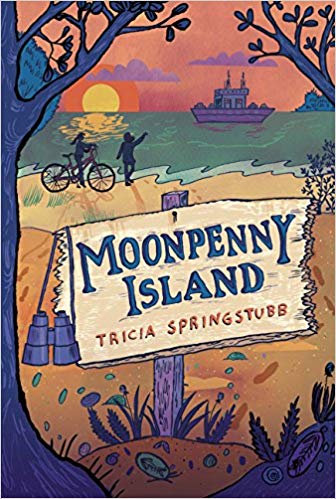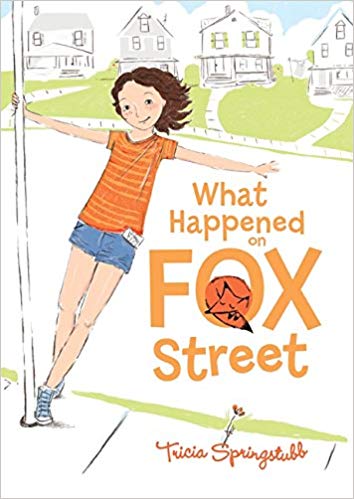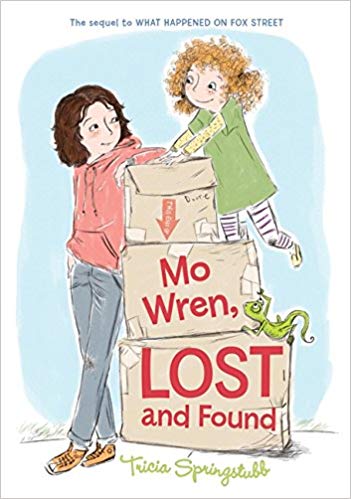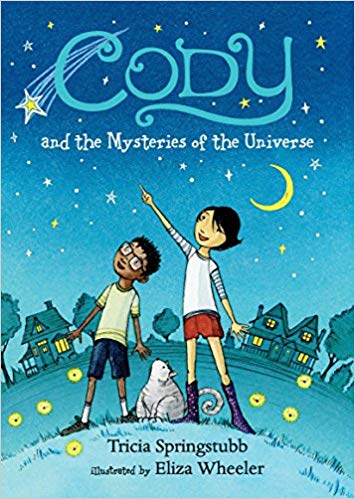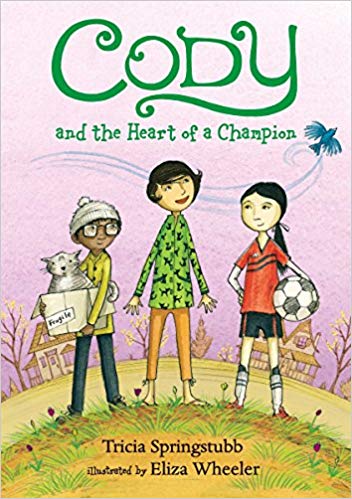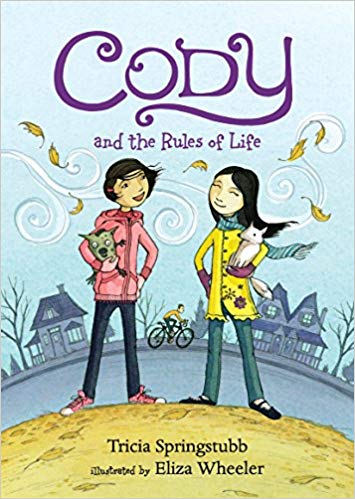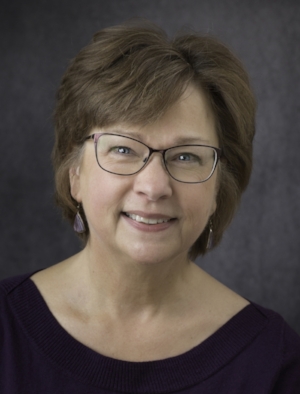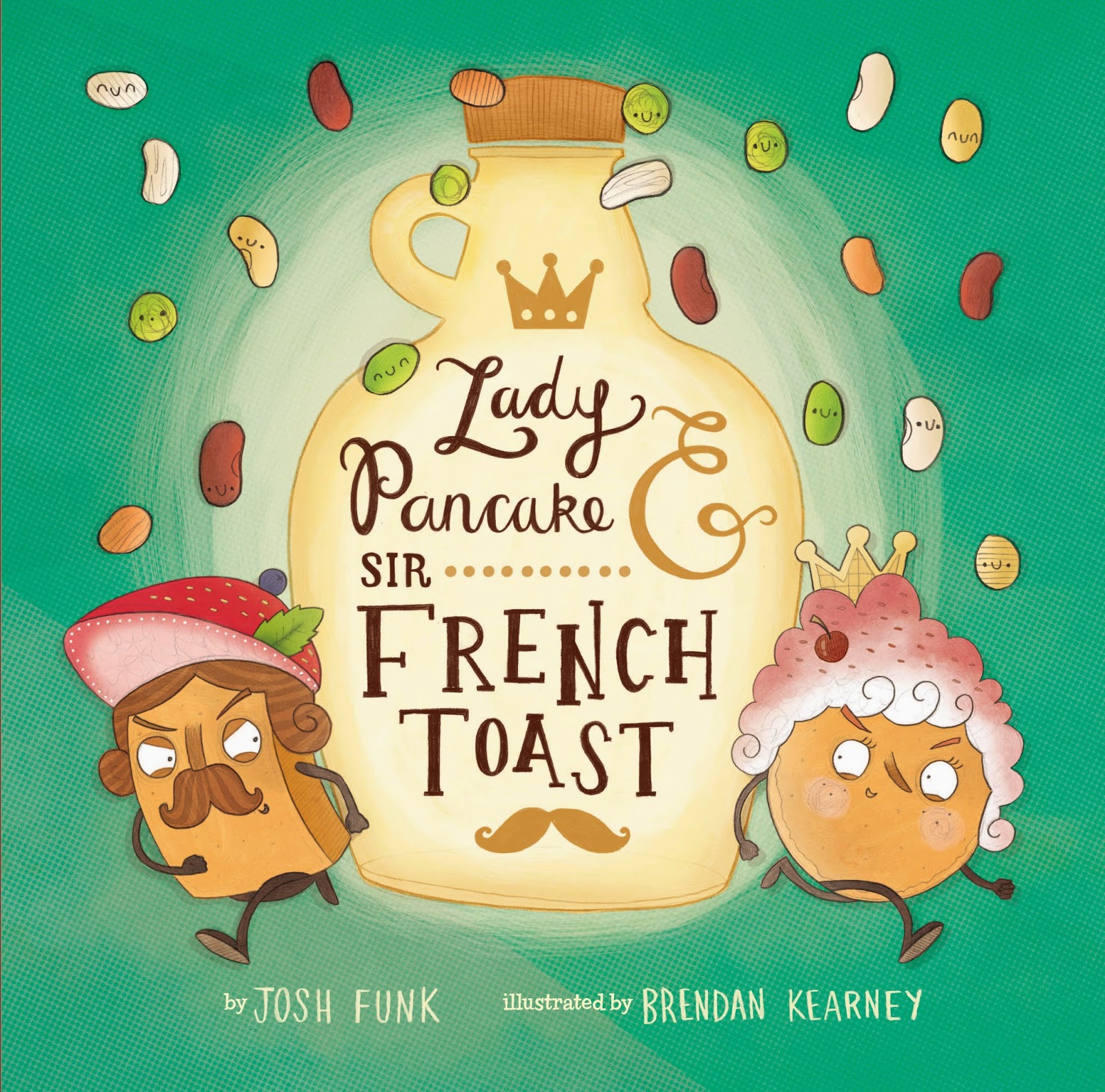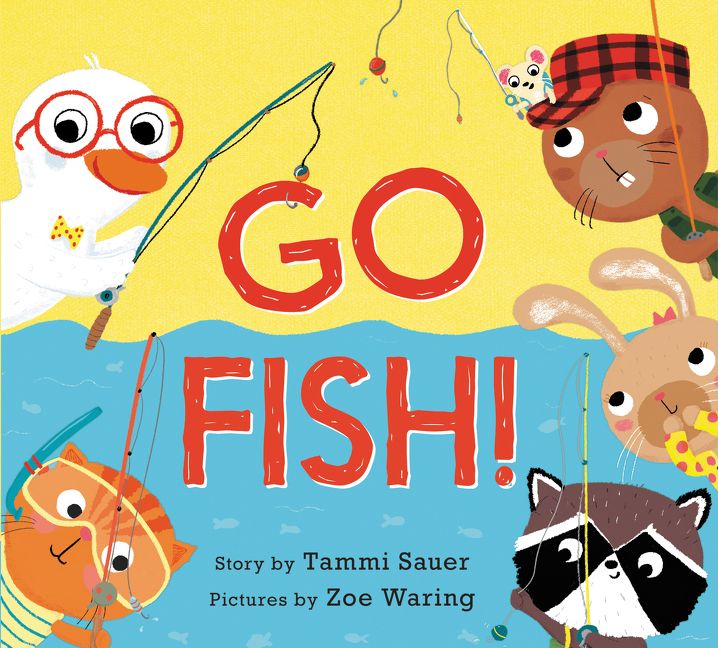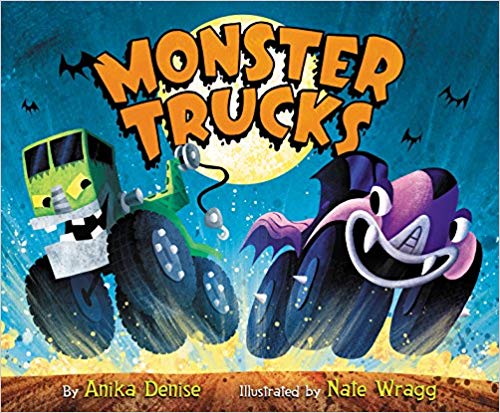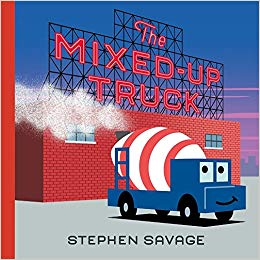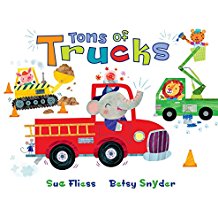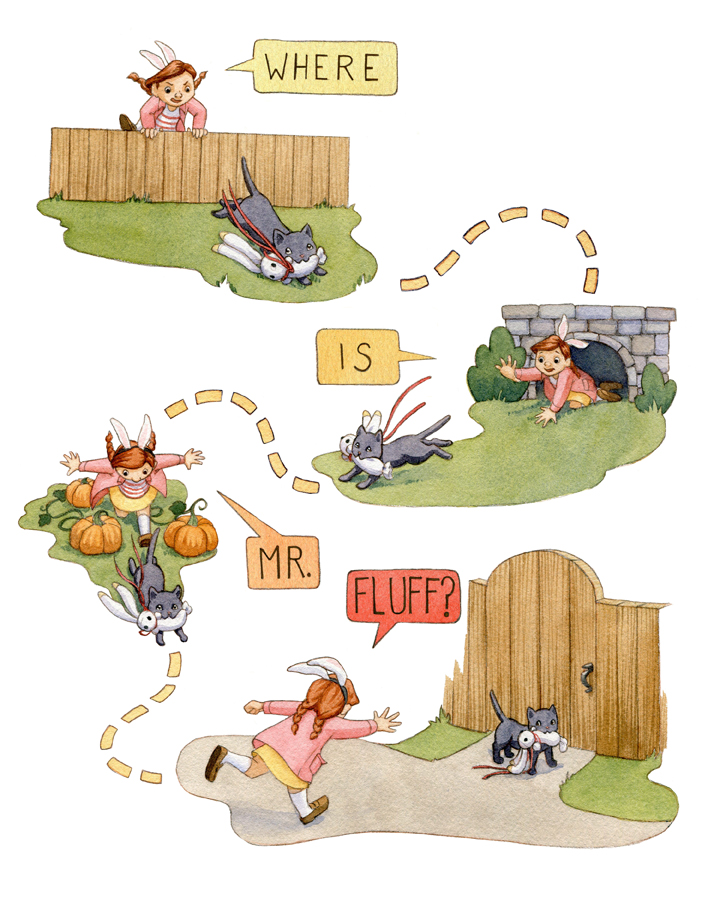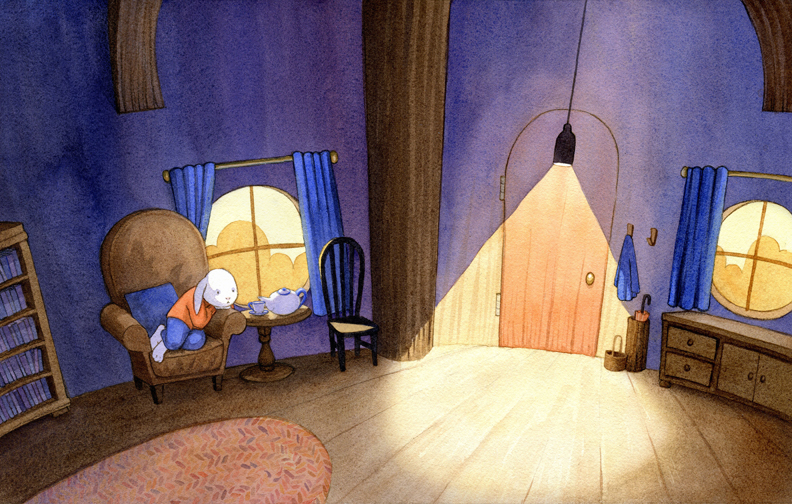So what's AN INCONVENIENT ALPHABET: BEN FRANKLIN & NOAH WEBSTER'S SPELLING REVOLUTION all about?
Once upon a revolutionary time, two great American patriots tried to make life easier. They knew how hard it was to spell words in English. They knew that sounds didn’t match letters. They knew that the problem was an inconvenient English alphabet.
In 1786, Ben Franklin, at age eighty, and Noah Webster, twenty-eight, teamed up. Their goal? Make English easier to read and write. But even for great thinkers, what seems easy can turn out to be hard.
Children today will be delighted to learn that when they “sound out” words, they are doing eg-zakt-leewhat Ben and Noah wanted.
How cool does this book sound?! I can't wait for you all to check it out September 25th when it hits bookstores near you!
So without further ado...please welcome Beth Anderson!
Where do you live?
First of all, thank you so much for inviting me to visit your blog!
I live in Loveland, Colorado, but have been fortunate to experience life in various parts of the country. I grew up in Grayslake, Illinois, then moved to Wisconsin, Ohio, Connecticut, Georgia and Texas. Now, I’m a flatlander who wakes up every morning and marvels at the beauty of the Rocky Mountains.
When did you know you wanted to make picture books?
I was a kid who always enjoyed writing and received a lot of encouragement from teachers. I took a few feeble cracks at writing for children during my adult life, but (pre-internet) never learned about the industry, studied specifics of the craft, or found my path.
Then for years, as an ESL teacher, I used literature as a medium for language learning as well as teaching curriculum objectives. I experienced picture books on many levels and witnessed the magic they offered in the classroom and connections they built for learners from every corner of the world. When I retired from teaching, my students asked me what I was going to do. That old “someday” idea bubbled to the surface, and I came clean and admitted I’d always wanted to write for children. Their excitement at the prospect stuck with me. How could I tell them to chase their “someday” if I wasn’t willing to do it?
Can you share a bit about your process?
Once I discovered the joys of narrative nonfiction and historical fiction, I dove in. To start with, I look at various news feeds and other sources for interesting bits of history and current events. If an idea intrigues me, I read everything I can find online first to get an overview, then dig into other sources once I have a bit more direction. Often, what first interested me is the tip of the iceberg, and I discover that there is a more important story behind it. So I gather and organize information (a post on my method HERE), then brainstorm on vital ideas, kid hooks, and structure possibilities.
After all that, I start drafting and revising, getting the story down. Then I examine it, share with critique partners, and start asking the hard questions. How can I frame it to create a marketable hook? How can I enhance the story and emotional arcs? How can I make it matter? (the list goes on…) Then I dive back into the research for specifics. I read other random articles about the topic or theme or a concept within the story – looking for something that will spark new thoughts. I search out more quotes from the main characters to understand them better. And the revisions continue.
An example of a second dive into research - After revising AN INCONVENIENT ALPHABET per an editor critique, I felt like I had lost some of the emotion. So, I reread and looked at additional sources for evidence of just how strong Ben Franklin and Noah Webster’s friendship really was.
What do you do to shake the rust off or get new ideas?
As I mentioned above, newsfeeds from various sources can spark ideas. Also, I often stumble upon interesting tidbits for more stories while researching a manuscript. New ideas can spring from something I randomly read or saw or heard.
When I’m stuck, really stuck, in the midst of a manuscript, it helps to widen my understanding – reading related articles, checking for You Tube videos on setting or another aspect of the story. And recently I’ve realized (I don’t know why it took this long) that when consulting sources, I need to go beyond the chapters related to the topic and read the introduction and concluding chapter. As writers we know this is where the essence, interconnections, and implications are discussed.
One example of how exploring related articles can help a story – While revising what will be my second picture book, LIZZIE DEMANDS A SEAT: ELIZABETH JENNINGS FIGHTS FOR STREETCAR RIGHTS, an article on how we tell our hero stories caught my attention. I was already seeing Lizzie’s story as a centerpiece in the context of “standing on the shoulders of those who came before us,” but this article had something more. We tend to portray heroes as super capable people who bring about change on their own. But in reality, no one does it alone. Kids need to know that. The idea that these super people take care of things leads kids to think they don’t have a role. Each of us may not be a leader, but we all can participate.
Anything you can't live without while you write?
A computer with an internet connection, of course! Coffee and snacks also help.
And taking “while you write” in a larger sense, I can’t live without my critique partners!
Favorite authors?
As I seek out mentor texts and learn from other picture book writers, I’ve definitely found some favorites who help me along this narrative nonfiction path: Barb Rosenstock, Mara Rockliff, Suzanne Slade, Deborah Hopkinson, Jen Bryant, Andrea Pinkney, Michelle Markel, Candace Fleming, and Lesa Cline-Ransome come to mind immediately.
Dream project or book to work on?
I can’t think of any specific project. Just any idea that grabs my heart, knocks my socks off with an urgency to be written, and has a hook that no editor can resist. (And no one has already written it!)
Tell us about your debut book?
AN INCONVENIENT ALPHABET hit me in the heart from the very beginning. Franklin’s quote, “Those people spell best who do not know how to spell,” brought to mind the endearing spelling of young children learning to write using “invented spelling.” I connected as a teacher, as a parent, as a linguistics major, as a history lover. I thought, wow, kids are writing just as Ben Franklin had hoped!
In many ways, Ben and Noah are opposites, drawn together by their love of language and education and their determination to make reading and writing English easier. When their revolutionary attempts are rejected by the public, Noah keeps trying, and in the process learns that neither fame nor force can sell an idea that people see as just too inconvenient. Though the two great patriots don’t achieve their initial goal, Noah does end up with his great success, the first real American dictionary.
Children deal with our inconvenient alphabet every day as they learn to read and write. This book is my answer to all those students who asked why English spelling is so crazy. Another layer that drew me was “sounds easy, does hard.” I think it’s a great example for kids of how one seemingly simple, sensible idea may have so many consequences. The historical layer not only gives a hint of what life was like in the 18th century, but also introduces the idea that revolutions are not only military, but seep into daily life in varied forms. Elizabeth Baddeley’s creative illustrations enhance every layer of the story and bring a spirit of spunk and joy.
The manuscript seemed to have special messages for me as a writer about the need to be flexible, patient, and persevere. But what I really internalized was the need to let our ideas “take a chance in the world,” and that often, no matter how hard we push, others will decide the success of our endeavors. So I offer up the book in hopes kids will laugh and learn, connect and question, and be inspired to share their ideas and let them morph and grow into something they didn’t imagine.
What’s up next for you?
I’m looking forward to sharing AN INCONVENIENT ALPHABET with children and experiencing a few more picture books come to life with illustrations and an editor’s magic…
A civil rights story from 1854, LIZZIE DEMANDS A SEAT: ELIZABETH JENNINGS FIGHTS FOR STREETCAR RIGHTS with Calkins Creek is scheduled for spring 2020. I’m currently in suspense waiting to see E.B. Lewis’ sure-to-be fabulous illustrations!
Then comes “SMELLY” KELLY AND HIS SUPER SENSES: THE MOSTLY TRUE STORY OF AN ORDINARY MAN AND HIS EXTRAORDINARY NOSE, also with Calkins Creek, illustrated by Jenn Harney, scheduled for fall 2020. Set in the labyrinth of the 1930s New York City subway, a humble immigrant learns to use his natural talents for the benefit of all—and also finds out what it takes to be a true hero.
And there’s one more under contract that hasn’t been announced…
And last, but not least, favorite 80s movie?
Definitely, The Princess Bride! A classic! Masterful storytelling, unforgettable characters, for young and old, the joy of story, grandfather and grandson, twoooo love, lines that live forever.
AND there just happens to be one line in AN INCONVENIENT ALPHABET that was inspired by a line in the movie…can you find it?
Thank you for chatting with us today Beth! We can't wait to see your upcoming titles!

















